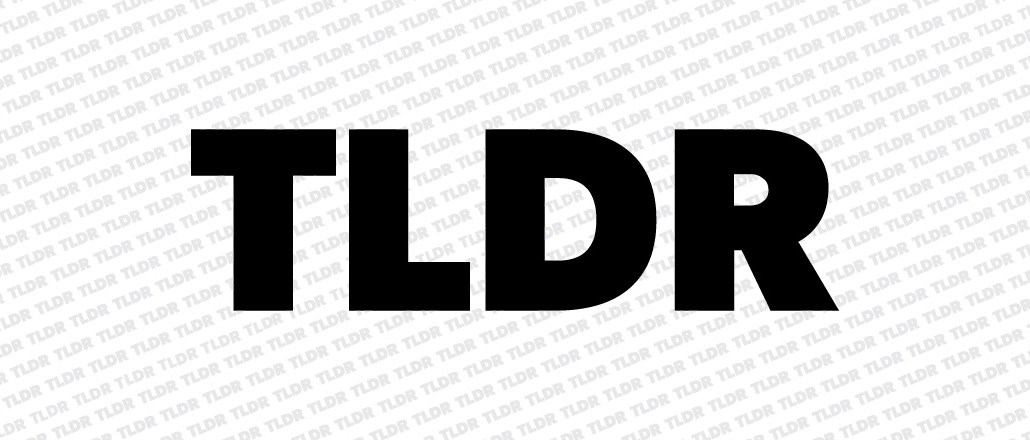Save 50% on a 3-month Digiday+ membership. Ends Dec 5.

For the past six weeks, Digiday has experimented with a new way for people to get our content.
There’s the regular version of stories, typically clocking in at 500-800 words, and then there’s the 70-to 80-word TLDR version.
The idea is that in a media world rapidly shifting to mobile devices, news content hasn’t done enough to change to fit new behavior patterns. This was a topic that came up in a recent podcast we recorded with Kevin Delaney, president and editor-in-chief of Quartz, who decried the tyranny of the 800-word article, a relic from newspapers.
In order to demystify TLDR — it stands for “too long; didn’t read” — we asked Hannah Yi, our new video producer, to find out if the denizens of New York knew what TLDR stands for. Here’s what we learned.
WTF is TLDR? from Digiday on Vimeo.
More in Media

Digiday+ Research Subscription Index 2025: Subscription strategies from Bloomberg, The New York Times, Vox and others
Digiday’s third annual Subscription Index examines and measures publishers’ subscription strategies to identify common approaches and key tactics among Bloomberg, The New York Times, Vox and others.

From lawsuits to lobbying: How publishers are fighting AI
We may be closing out 2025, but publishers aren’t retreating from the battle of AI search — some are escalating it, and they expect the fight to stretch deep into 2026.

Media Briefing: Publishers turn to vertical video to compete with creators and grow ad revenue in 2026
Publishers add vertical video feeds to their sites to boost engagement, attract video ad spend and compete with news creators.
Ad position: web_bfu